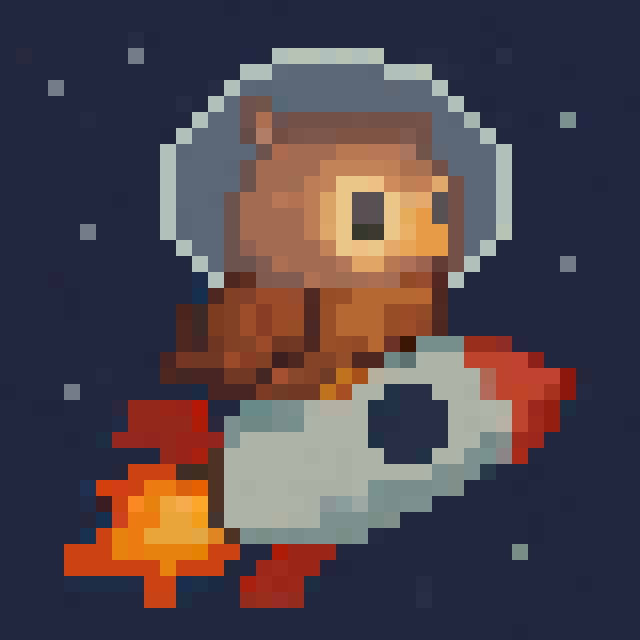 |
Retro Rocket OS
BASIC-Powered Operating System
|
 |
Retro Rocket OS
BASIC-Powered Operating System
|
This glossary explains common terms you will see in the Retro Rocket user guide.
A simple programming language that Retro Rocket uses for its programs. BASIC stands for “Beginner’s All-purpose Symbolic Instruction Code.”
A word you type at the shell prompt (for example dir, edit, up). Commands tell Retro Rocket to run a program or do something.
A folder that contains files or other folders. Example: /programs is a directory.
The way files and directories are organised on a disk. Retro Rocket supports its own file system (RetroFS) as well as ISO 9660 and FAT32.
Running Retro Rocket directly from the CD without installing it to a hard disk. The system is read-only, but you get a temporary RAM disk to save your work.
Attaching a file system to a directory so you can use it. Example: mounting a disk at /ramdisk makes it available there.
A file written in BASIC that Retro Rocket can run. Programs live in /programs.
The > symbol you see in the shell where you type commands.
A temporary area of storage in memory, shown as /ramdisk. Fast, but everything is lost when you power off. Great for experiments and quick saves, but don’t trust it to keep your secrets after shutdown.
The text-based interface where you type commands. In Retro Rocket this is called rocketsh.
Modern PCs use UEFI firmware instead of older BIOS. Retro Rocket boots on UEFI systems with standard graphics support.
A small program that teaches Retro Rocket how to talk to a piece of hardware (like a network card or sound chip). Drivers are usually loaded during startup.
Short for Dynamic Host Configuration Protocol. A way for your computer to ask the network for its settings automatically (IP address, DNS, gateway). Default in Retro Rocket networking.
Short for Domain Name System. Translates easy names (like retro-rocket.net) into the numbers (IP addresses) that computers use to talk to each other.
If something goes wrong, Retro Rocket will print an error message. Errors usually stop the current program, but you can always return to the shell prompt.
When Retro Rocket cheekily reminds you that you’re never gonna give it up. Type rick at the shell and enjoy pixel art + chiptune pop.
Glorious blocky graphics that look like they were drawn with very large crayons. Retro Rocket uses these in demos and Easter eggs - not a bug, a feature.
The special network address 127.0.0.1, which always points to your own machine. Useful for testing network programs locally.
Another word for a loadable program or driver. Modules are often used to add extra features without changing the whole system.
The connection point between Retro Rocket and the network (your network card or virtual adapter). Only one is supported at a time.
The text shown before the > in the shell. It can be changed by editing the variable PROMPT$.
The native Retro Rocket file system, designed for speed and simplicity on modern disks.
A fixed network address you type in manually, instead of getting one automatically via DHCP.
How long the system has been running since it was last started.